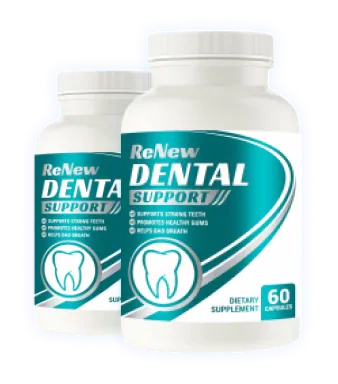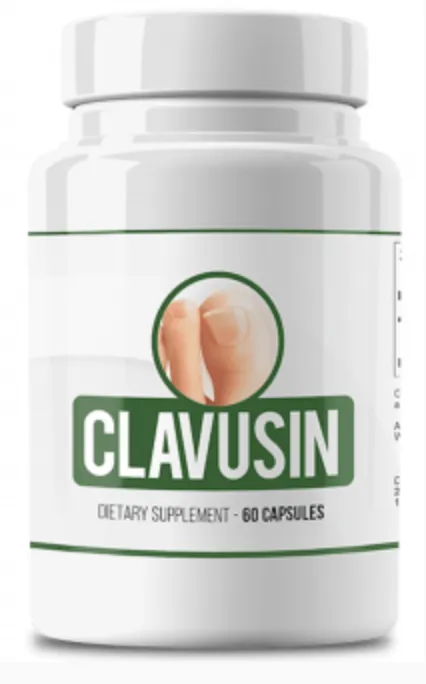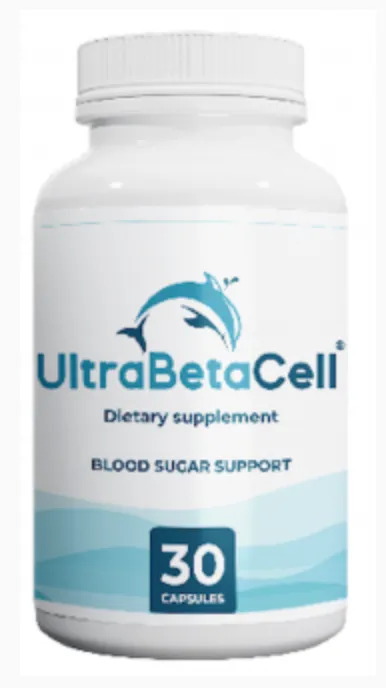Articles
Guarding Your Gums: A Comprehensive Guide to Preventing Periodontal Disease
Gum disease, also known as periodontal disease, is a common but preventable condition that affects many individuals worldwide. It ranges from simple gum inflammation to severe damage to the soft tissue and bone supporting the teeth, potentially leading to tooth loss. However, with proper care and preventive measures, you can safeguard your gums and ensure a healthy smile. This article delves into effective strategies for preventing gum disease, emphasizing the importance of oral hygiene and lifestyle choices.
The Foundation of Gum Health: Oral Hygiene
The cornerstone of preventing gum disease lies in maintaining excellent oral hygiene. Regular brushing and flossing remove plaque, a sticky film of bacteria that forms on the teeth and gums. Brushing should be done at least twice a day with fluoride toothpaste, and flossing at least once to clean the spaces between teeth where a toothbrush can't reach. Additionally, incorporating an antiseptic mouthwash into your daily routine can further reduce plaque and flush out lingering food particles.
Professional Dental Care: Beyond the Basics
While personal oral care is essential, professional dental cleanings play a critical role in gum disease prevention. These cleanings, ideally occurring every six months, can remove tartar — plaque that has hardened on the teeth. Tartar can only be removed with specialized dental tools, making these visits indispensable. Moreover, dentists can spot early signs of gum disease, often before they become visible or painful to the patient, allowing for timely intervention.
A Nutritious Diet: Fuel for Gum Health
Diet significantly influences oral health, including the gums. Consuming a balanced diet rich in vitamins, minerals, and antioxidants supports the body's immune system and its ability to fight inflammation. Foods high in vitamin C and calcium, in particular, can bolster gum health. Conversely, reducing the intake of sugary and acidic foods can decrease the risk of plaque buildup and gum disease.
Lifestyle Modifications: A Holistic Approach
Lifestyle choices also have a profound impact on gum health. Smoking, for example, is a significant risk factor for gum disease; quitting smoking can dramatically reduce this risk. Stress management is another crucial factor, as stress can impair the body's immune response, making it harder to fight off infections, including those affecting the gums.
Hydration and More: Simple Yet Effective Strategies
Staying hydrated promotes saliva production, which naturally cleanses the mouth and helps protect against bacteria. Additionally, using tools like interdental brushes or water flossers can complement traditional brushing and flossing, especially for cleaning hard-to-reach areas.
Conclusion: A Lifelong Commitment to Gum Health
Preventing gum disease is a lifelong commitment that involves a combination of personal care, professional dental support, and healthy lifestyle choices. By adopting a comprehensive approach to oral hygiene, prioritizing regular dental visits, and making mindful lifestyle and dietary choices, you can effectively prevent gum disease and maintain a healthy, vibrant smile for years to come. Remember, the health of your gums is integral to your overall well-being, underscoring the importance of taking proactive steps to protect them.
Step Ahead of Fungus: Strategies for Preventing Toenail Infections
Toenail fungus, medically known as onychomycosis, is a common condition that can cause the nail to become discolored, thickened, and brittle.
While it is often considered a cosmetic concern, without proper management, it can lead to pain and discomfort, especially when walking.
Fortunately, with preventive measures and early intervention, it's possible to keep your toenails healthy and fungus-free.
This article explores practical strategies to prevent toenail fungus, highlighting the importance of foot hygiene and environmental awareness.
1. Prioritize Foot Hygiene
Good foot hygiene is the first line of defense against toenail fungus. Washing your feet regularly with soap and water, drying them thoroughly, especially between the toes, and changing socks daily can significantly reduce the risk of fungal infections. Moisture is a breeding ground for fungus, so keeping your feet dry is crucial.
2. Choose the Right Footwear
Wearing breathable shoes and socks made from natural materials helps keep your feet dry and reduces the chance of fungal growth. When at home, consider going barefoot or wearing sandals to allow your feet to air out. Also, opt for shoes that fit well; tight footwear can cause damage to nails and create an environment conducive to fungal infections.
3. Protect Your Feet in Public Areas
Fungi thrive in warm, moist environments like swimming pools, locker rooms, and showers. To prevent infection, wear sandals or flip-flops when walking in these areas. This barrier between your feet and the floor can significantly reduce your exposure to the fungi responsible for toenail infections.
4. Regular Nail Care
Maintaining short, neatly trimmed nails reduces the risk of fungus getting under the nail. Clean your nail clippers and files regularly to prevent the spread of fungi. Avoid sharing nail care tools, and if you visit a salon for a pedicure, ensure that they practice proper sterilization of their instruments.
5. Avoid Tight Hosiery
Tight hosiery can restrict airflow to your feet, creating a moist environment where fungi can flourish. Opt for loose-fitting, breathable hosiery to keep your feet dry and reduce the risk of fungal infections.
6. Use Antifungal Products Proactively
If you're at higher risk for toenail fungus, consider using antifungal powders or sprays in your shoes and socks. These products can help keep your feet dry and reduce the presence of fungi.
7. Monitor Foot Health
Pay attention to changes in your toenail color, texture, or thickness. Early detection of toenail fungus is key to preventing its spread and ensuring effective treatment. If you notice any signs of infection, consult a healthcare professional for advice.
Conclusion: Keeping Toenail Fungus at Bay
Preventing toenail fungus involves a combination of diligent foot care, protective measures in public spaces, and lifestyle adjustments. By adopting these strategies, you can maintain healthy, fungus-free toenails and step confidently. Remember, prevention is always preferable to treatment, so take proactive steps today to protect your foot health tomorrow.
Navigating Towards a Diabetes-Free Future: Proactive Prevention Strategies
Diabetes, a chronic condition affecting millions worldwide, comes in two primary forms: Type 1, largely unpreventable and linked to genetic factors, and Type 2, often associated with lifestyle choices. While we may not yet have the means to prevent Type 1 diabetes, there are numerous effective strategies to significantly reduce the risk of developing Type 2 diabetes. This article delves into proactive measures that can guide individuals towards a healthier, diabetes-free future, emphasizing the importance of lifestyle modifications.
1. Embrace a Balanced Diet
A nutritious diet plays a pivotal role in diabetes prevention. Prioritizing foods low in refined sugars and saturated fats while rich in fiber can regulate blood sugar levels. Incorporate a variety of fruits, vegetables, whole grains, and lean proteins into your meals to maintain a balanced diet.
2. Maintain a Healthy Weight
Excess weight, particularly around the abdomen, increases the risk of developing Type 2 diabetes. Achieving and maintaining a healthy weight through diet and regular physical activity is one of the most effective preventive measures. Even a modest weight loss of 5-10% can significantly lower your risk.
3. Get Regular Physical Activity
Regular exercise helps control weight, lowers blood sugar levels, and boosts your sensitivity to insulin. Aim for at least 150 minutes of moderate aerobic activity or 75 minutes of vigorous activity each week, along with muscle-strengthening exercises on two or more days a week.
4. Limit Sugar and Refined Carbs
Foods high in sugar and refined carbohydrates can elevate blood sugar and insulin levels, leading to an increased risk of diabetes. Opt for whole grains and complex carbohydrates, which are digested more slowly and can help maintain stable blood sugar levels.
5. Stay Hydrated with Water
Drinking water instead of sugary drinks can help control blood sugar and insulin levels, thereby reducing the risk of diabetes. Water is the best beverage choice for staying hydrated without consuming extra calories or sugars.
6. Quit Smoking
Smoking is linked to an increased risk of diabetes, among many other health issues. Quitting smoking can improve your overall health and significantly reduce your risk of developing diabetes.
7. Moderate Alcohol Consumption
Moderate alcohol consumption can reduce the risk of diabetes, but excessive drinking can increase it. If you choose to drink, do so in moderation and be mindful of the calories in alcoholic beverages.
8. Manage Stress Levels
Stress can affect blood sugar levels. Engaging in stress-reduction techniques such as meditation, yoga, or deep breathing exercises can help maintain a healthy balance.
9. Regular Health Screenings
Regular check-ups and screenings can detect prediabetes, which can then be managed to prevent progression to Type 2 diabetes. Early detection and intervention are key to prevention.
Conclusion: A Proactive Approach to Diabetes Prevention
Preventing Type 2 diabetes is within reach for many through thoughtful lifestyle choices. By adopting a healthy diet, engaging in regular physical activity, maintaining a healthy weight, and being mindful of overall health, individuals can significantly reduce their risk of developing this chronic condition. Remember, small, consistent changes can lead to significant health benefits, paving the way for a diabetes-free future.
Copyright 2024 by Healthy Living Environment. All rights reserved.


